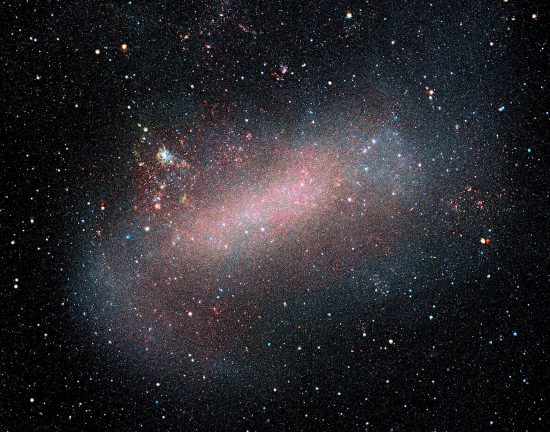
Sep 16, 2019
Stars in clusters within the Large Magellanic Cloud (LMC) do not conform to the standard model.
“Any man who can hitch the length and breadth of the galaxy, rough it, slum it, struggle against terrible odds, win through, and still knows where his towel is is clearly a man to be reckoned with.”
— Douglas Adams
The LMC is a relatively small, irregular galaxy approximately 168,000 light-years from Earth. The distance is approximate, because different parallax values are obtained when different measuring sticks are used.
Within the LMC are objects commonly referred to as “supernova remnants”, since the prevailing theories of stellar evolution prescribe a particular kind of death when stars are extremely massive. They are short-lived, converting mass into radiant energy at a furious rate through a process of nuclear fusion. Once their nuclear fuel is exhausted, they implode, blowing off their outer shells of gas and dust.
The standard theory of star formation is based on gravity, which is supposed to concentrate dust and gas into smaller and smaller dimensions until fusion transforms matter into a plasma state. Regions where the gas is most dense are where more stars should be born. However, different observations find that stars on the outside of many nebulae in the LMC are older than those inside. This is considered to be mysterious by consensus astrophysicists.
In an Electric Universe, gravity is most often overshadowed by plasma’s behavior. Stars are the loci of galactic z-pinches in Birkeland currents. As written elsewhere many times, positive charge builds up on one side of a double layer and negative charge on the other. Strong electric fields initiate electric charge flow through nebular plasmas, causing charges to spiral down into filaments that can eventually form arc mode or glow mode emissions.
Stephen Smith
The Thunderbolts Picture of the Day is generously supported by the Mainwaring Archive Foundation.












